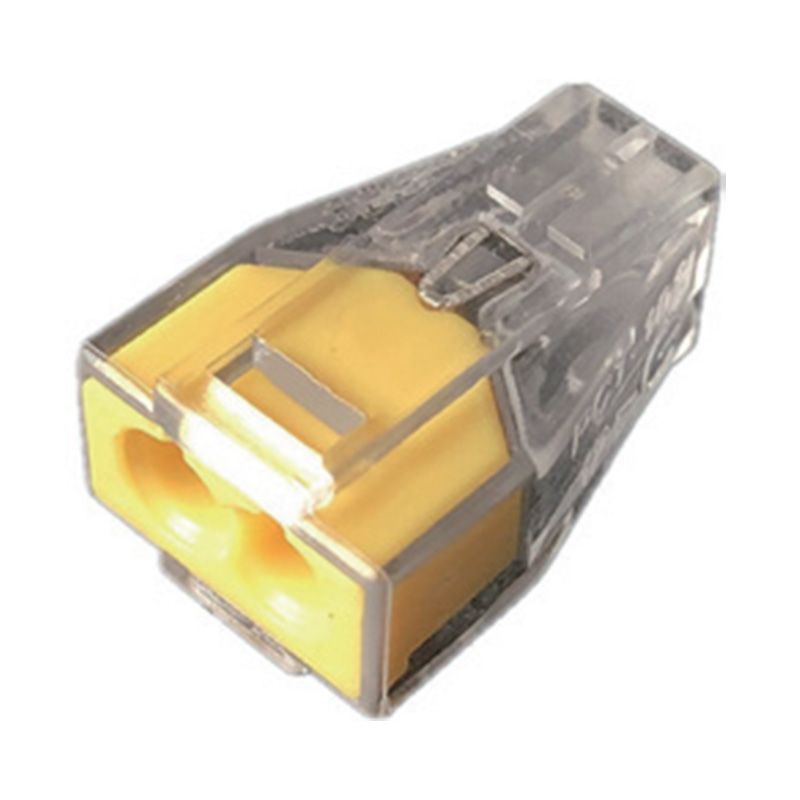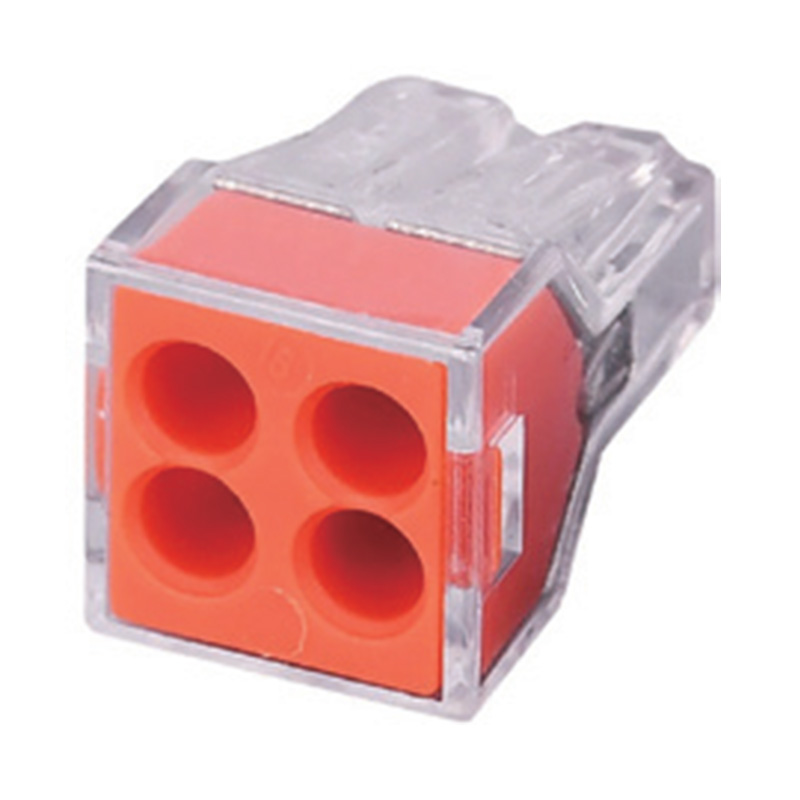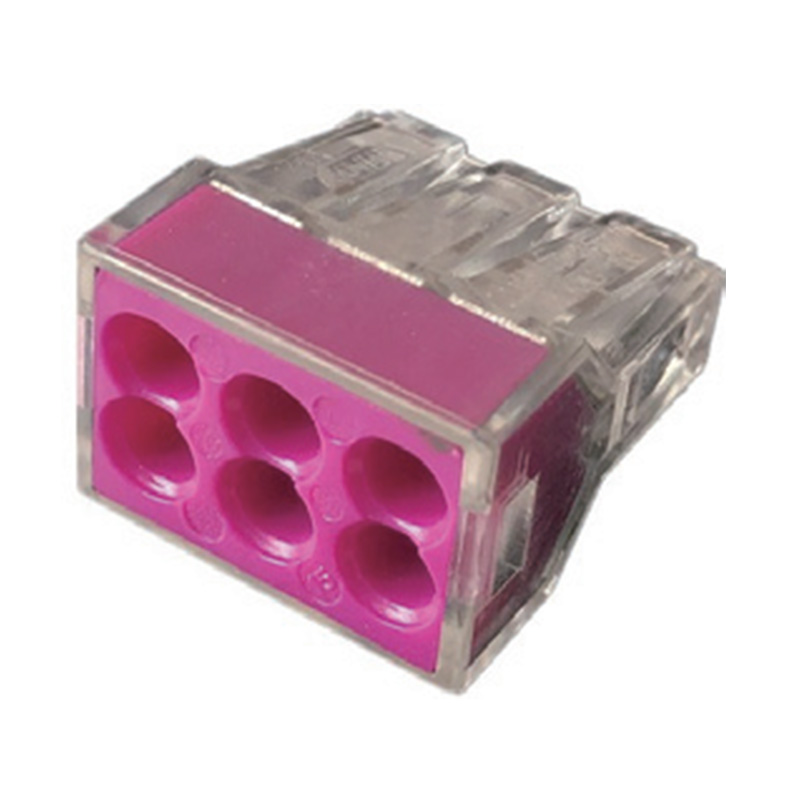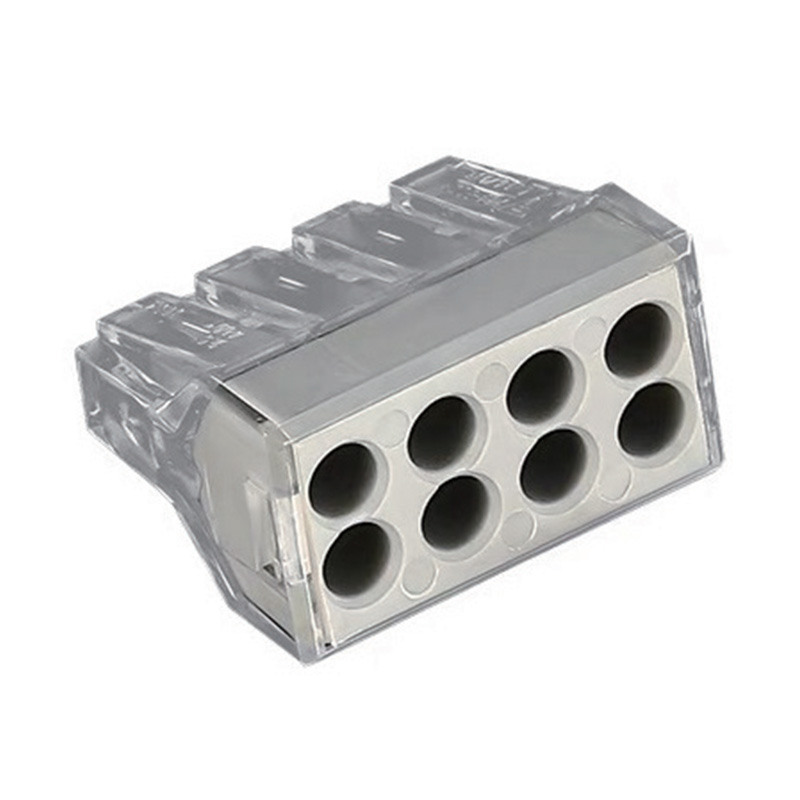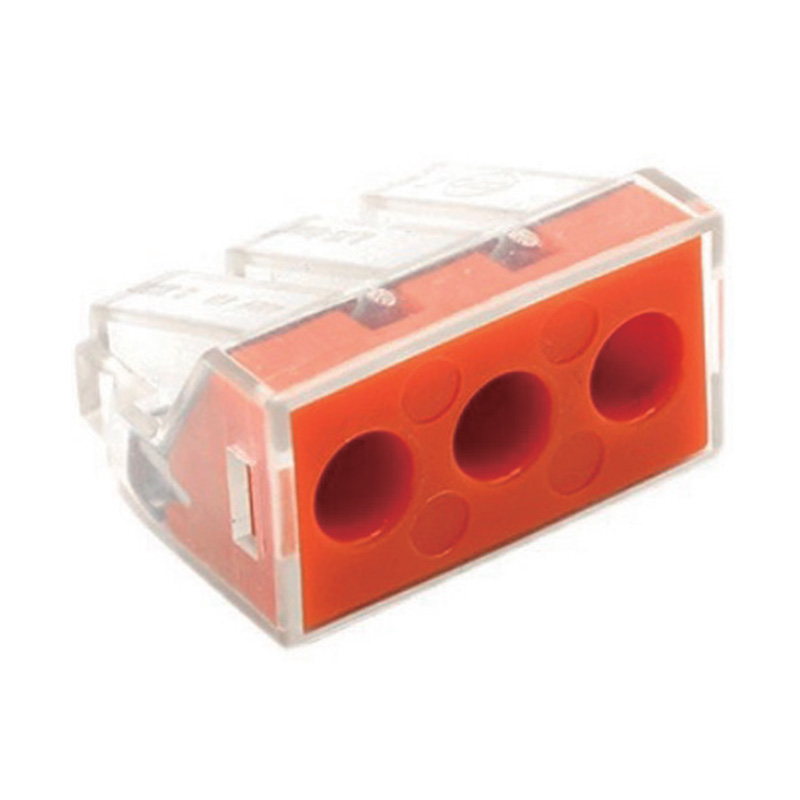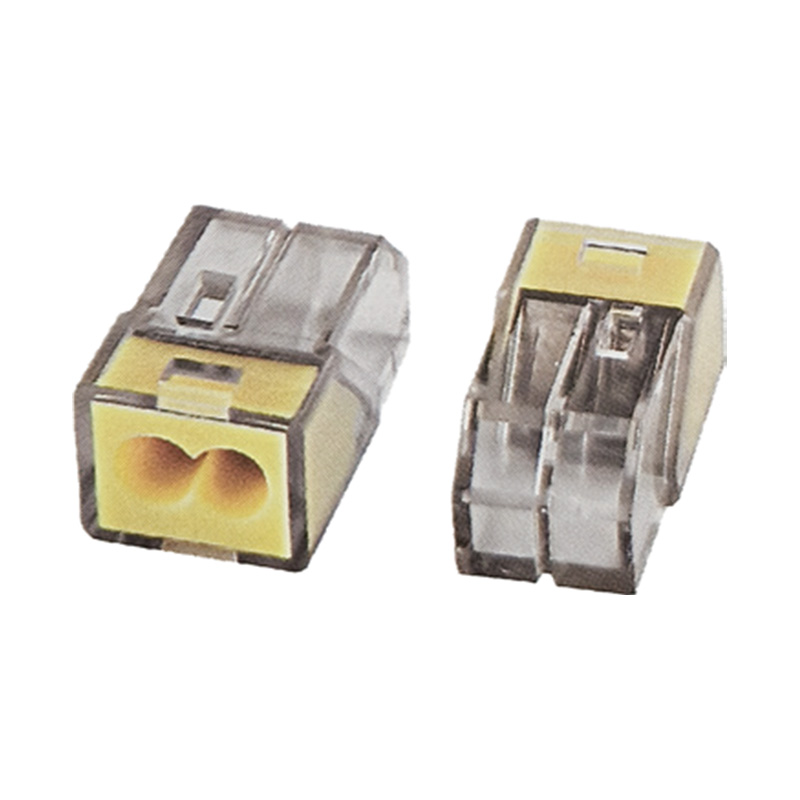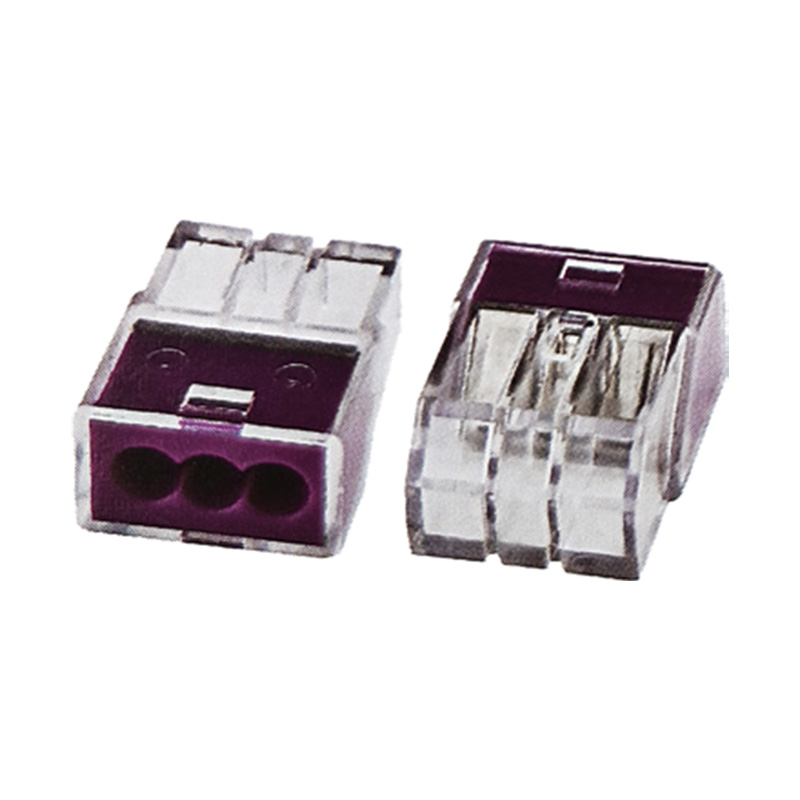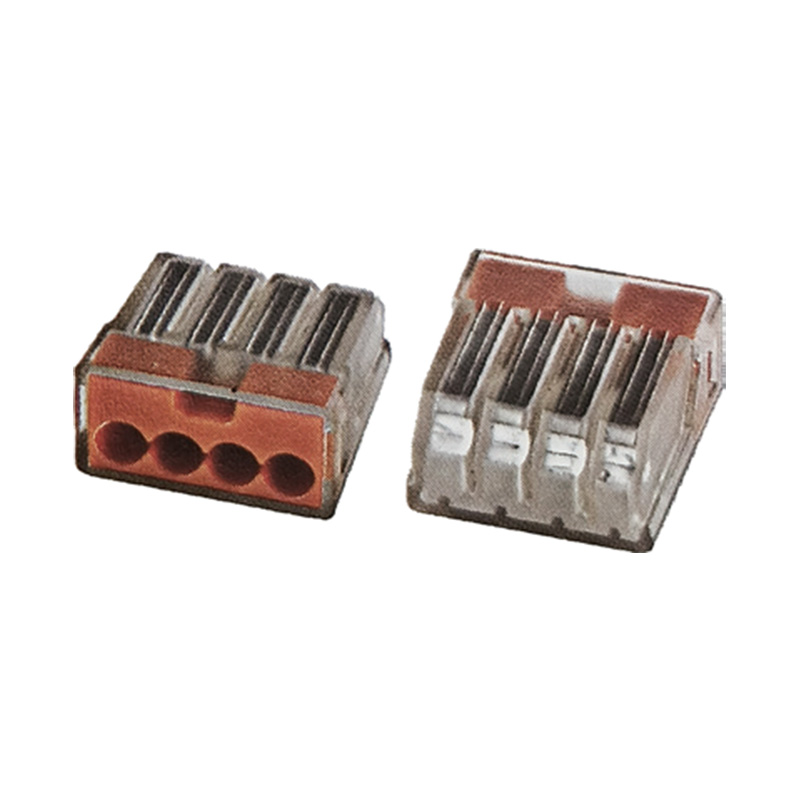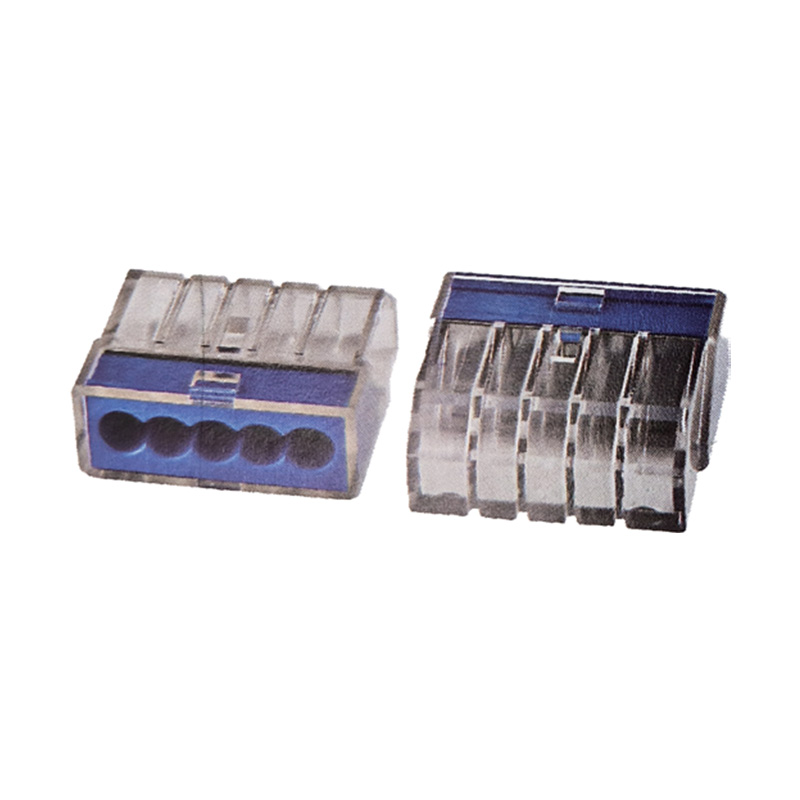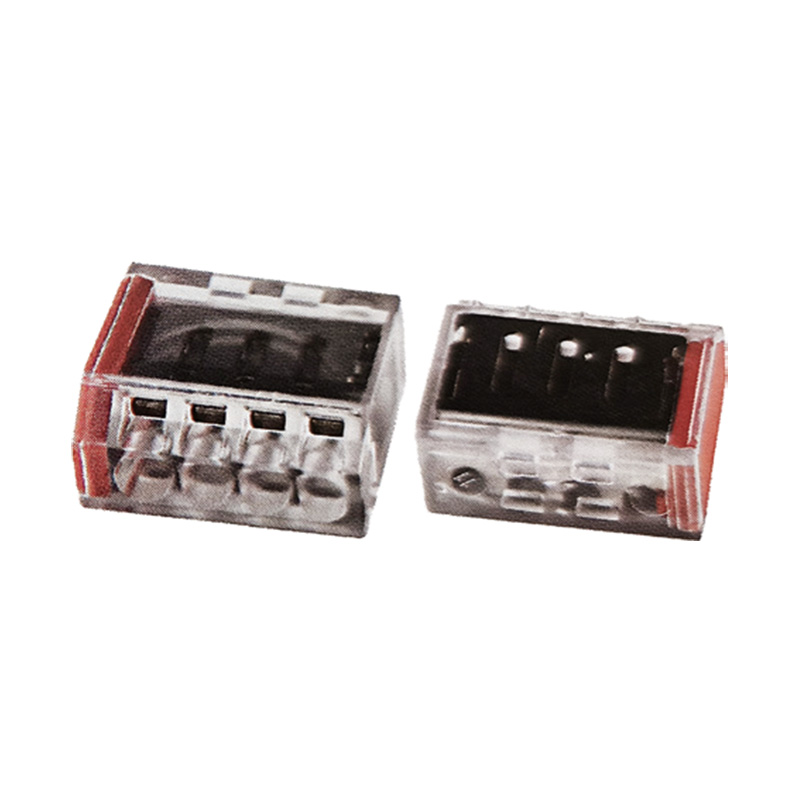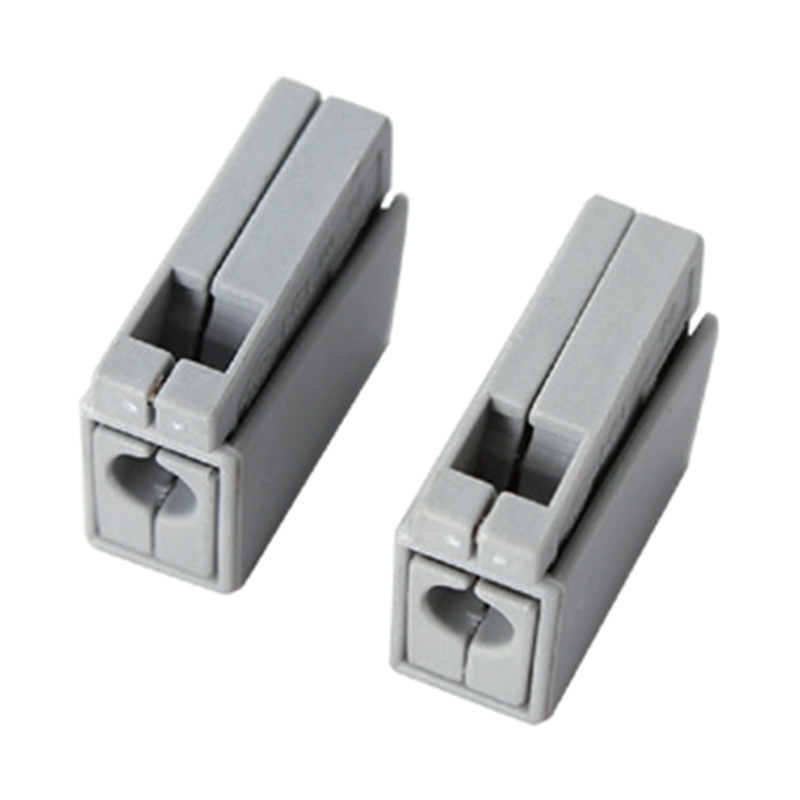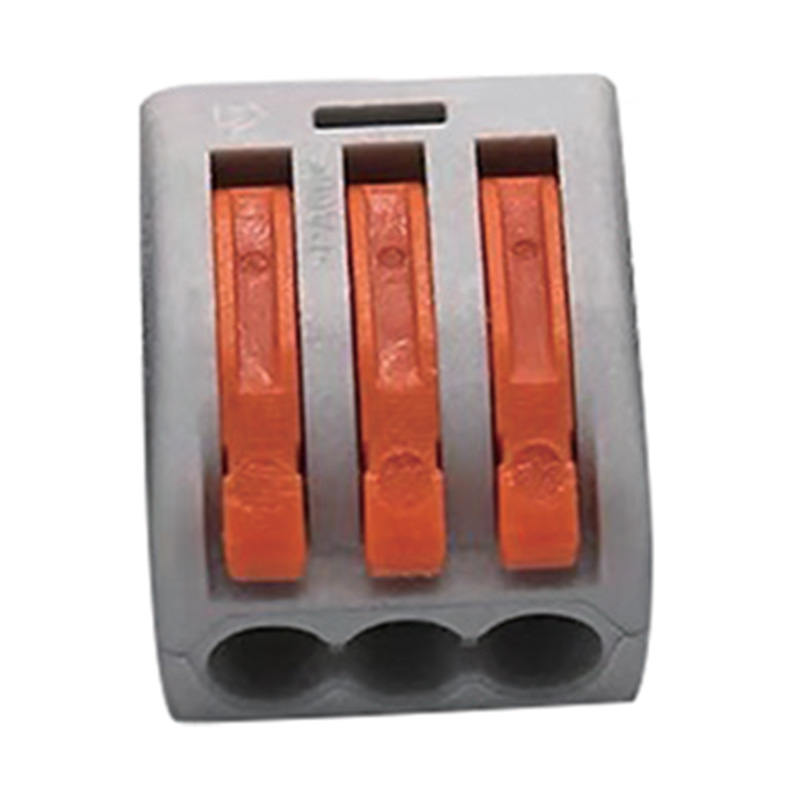Understanding and selecting the correct IP rating is essential when choosing a Waterproof Junction Box or Waterproof Distribution Box. It ensures safety, reliability, and long-term...
READ MORE-
-
Outdoor electrical installations face unique challenges that require specialized components to ensure their reliability and safety. Among the more important components are metal ca...
READ MORE -
Durability is a key factor when designing and maintaining electrical systems. With so many environmental challenges that electrical installations face—such as excessive temperature...
READ MORE -
Safety compliance is not just about adhering to regulations; it’s about protecting people, equipment, and infrastructure from the risks of electrical hazards. Electrical fires, sho...
READ MORE
Industry Knowledge Extension
What Considerations Should Be Taken into Account When Designing a Push-Wire Connector?
Push-wire connectors are widely used in electrical installations for their ease of use and reliable connections. Designing an effective push-wire connector requires attention to several key considerations.
1. Electrical Performance and Safety
A primary concern in designing a push-wire connector is ensuring strong electrical conductivity while maintaining safety. The connector must handle the rated voltage and current without overheating or causing voltage drops. Conductive materials such as copper alloys are commonly used for internal contacts due to their high conductivity. Additionally, insulation materials must comply with fire safety standards and provide resistance to electrical arcing, ensuring safe operation over time.
2. Mechanical Reliability
Mechanical design is equally important. The connector must firmly hold wires of different sizes, types, and materials. Spring mechanisms should apply consistent pressure to prevent wire loosening due to vibration or thermal expansion. Ease of insertion and removal is also a consideration; the connector should allow quick installation while damage to the wire ends. Robust mechanical design ensures long-term stability in both residential and industrial applications.
3. User Experience and Standards Compliance
Push-wire connectors must be designed for user convenience and compliance with international standards. Clear labeling for wire size ranges and polarity helps prevent incorrect connections. Compact design can save space in electrical boxes, while transparent housing allows visual inspection. Compliance with standards such as IEC 60998 or UL 486 ensures the connector meets required electrical, mechanical, and environmental performance levels.
Considering electrical performance, mechanical reliability, and usability ensures that push-wire connectors deliver safe, long-lasting, and convenient solutions for modern wiring systems.
What Are the Types of Push-In Connectors?
Push-in connectors can be categorized based on their structure, application, and wire compatibility. Understanding these types helps in selecting the right connector for specific needs.
1. Standard Push-In Wire Connectors
These connectors are designed for general electrical applications. They allow solid and stranded wires to be inserted into spring-loaded slots that secure the wire automatically.
Features:
Simple tool-free installation.
Suitable for residential and light commercial wiring.
Applications: Connecting lighting circuits, switches, and household appliances.
2. Multi-Port Push-In Connectors
Multi-port connectors allow multiple wires to be connected in a single terminal. They are often used for branching circuits or distributing power to multiple loads.
Features:
Organizes several wires neatly in one connector.
Maintains consistent electrical contact for all connected wires.
Applications: Distribution panels, control circuits, and junction boxes.
3. Push-In Connectors with Indicator or Transparent Housing
Some connectors feature transparent housings or integrated indicators to show proper wire insertion.
Features:
Visual confirmation of secure connections.
Helps prevent wiring errors during installation.
Applications: Industrial automation, control systems, and safety-critical circuits.
4. Compact or Miniature Push-In Connectors
Designed for tight spaces or high-density wiring applications, compact connectors are smaller but maintain full electrical and mechanical reliability.
Features:
Saves space in electrical enclosures.
Supports both solid and stranded wires.
Applications: Electronic devices, control panels, and modular installations.
What Are the Differences in the Sizes of Push-In Wire Connectors in Different Countries?
Push-in wire connectors vary in size, wire range, and regulatory requirements depending on the country, which affects their compatibility and usage.
1. United States
In the U.S., connectors often follow UL standards and accommodate wire sizes measured in American Wire Gauge (AWG). Typical connectors handle wires ranging from 22 AWG to 12 AWG. The connector dimensions are standardized to fit common residential and commercial electrical boxes.
2. Europe
European connectors are usually designed according to IEC standards, with wire sizes specified in square millimeters (mm²). Common ranges include 0.5 mm² to 4 mm² for small connectors and 6 mm² to 16 mm² for larger industrial applications. European designs often feature more compact housings to suit smaller junction boxes.
3. Asia
In many Asian countries, connector sizes are influenced by both IEC and local regulations. Wire ranges vary widely, with residential connectors supporting 0.5 mm² to 2.5 mm² and industrial connectors extending to 25 mm² or higher. The physical dimensions may differ slightly to accommodate regional installation practices.
4. Considerations for Cross-Border Use
Differences in wire gauge standards and connector sizes require careful attention when sourcing connectors for international projects. Ensuring compatibility with local wiring codes and standards is essential for safety and reliability.
Understanding these size differences ensures that push-in wire connectors are correctly selected for local installation practices, risk of poor connections or code violations.


 English
English 中文简体
中文简体 Español
Español عربى
عربى

